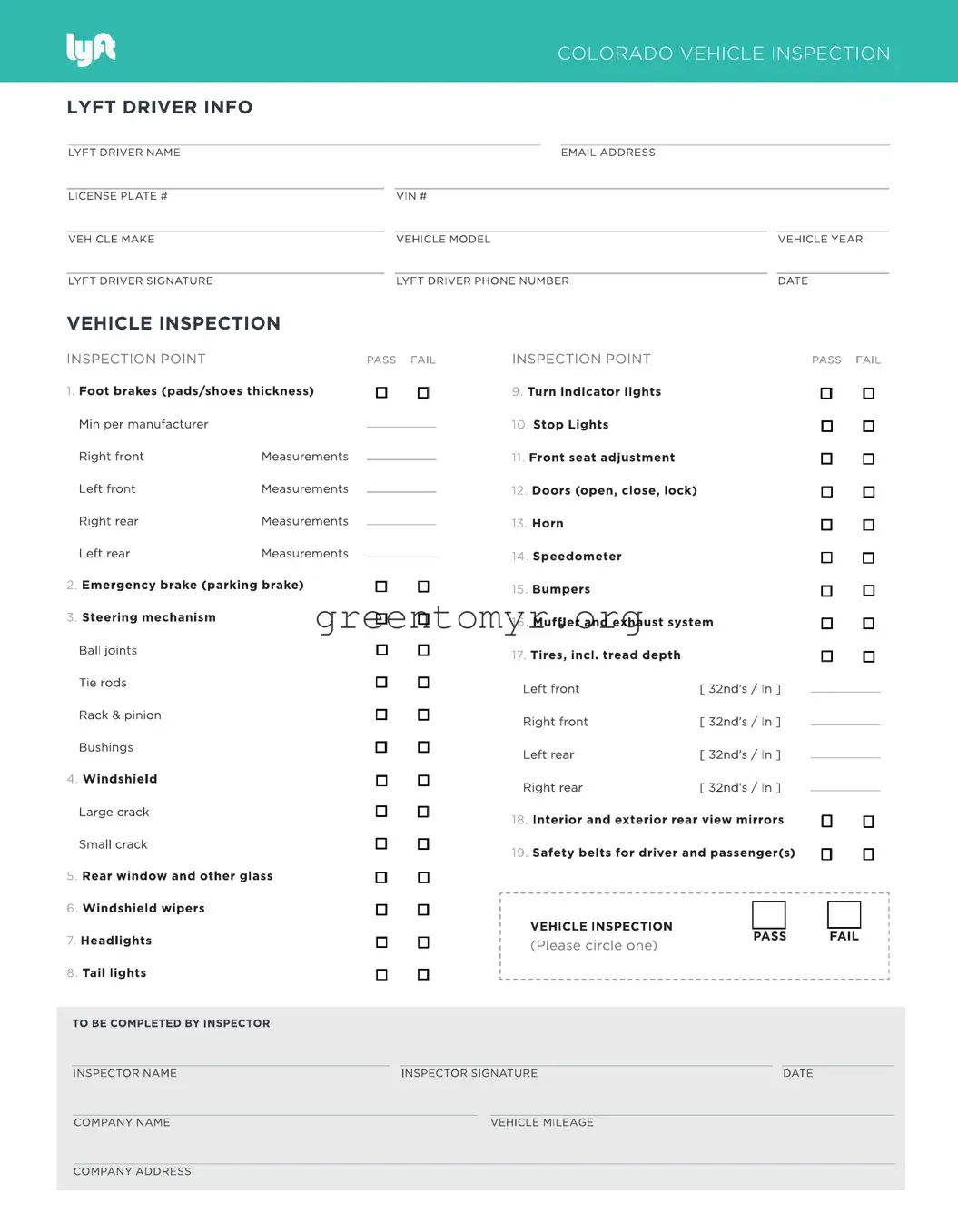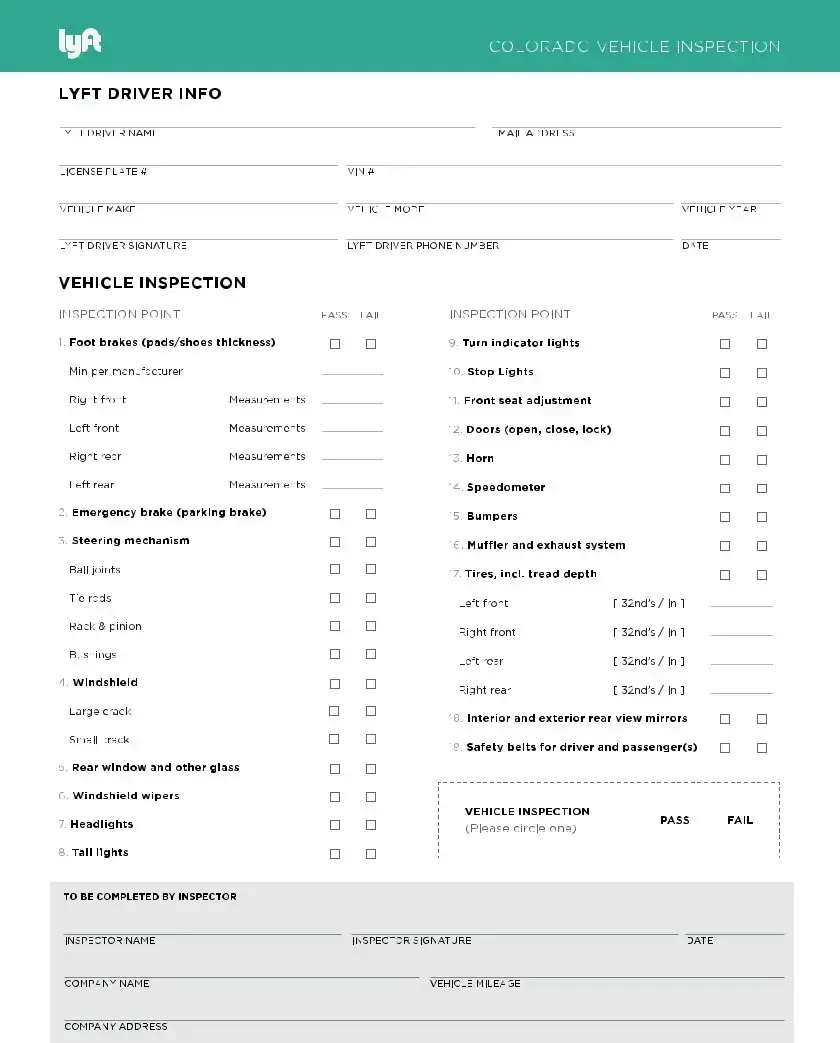Completing the Lyft Inspection form accurately is essential for both safety and compliance. However, many individuals make common mistakes that can lead to delays or rejections. Understanding these errors can help ensure a smoother inspection process.
One frequent mistake is providing incomplete vehicle information. Details such as the make, model, year, and Vehicle Identification Number (VIN) are crucial. Omitting any of this information can cause the submission to be considered invalid.
Another error occurs when individuals fail to clarify the inspection team's contact details. Including accurate and up-to-date contact information for the inspection facility is important, as it facilitates communication about the inspection results.
Some people neglect to keep an eye on expiration dates. For instance, expired insurance or registration documents can hinder the inspection process. Always check that all relevant documents are current before submission.
People often overlook the importance of signatures. Many do not sign the form, thinking it may not be necessary. However, an unsigned form can lead to automatic disqualification, so it is vital to confirm that all required signatures are included.
When it comes to photos, users sometimes submit low-quality images. The inspection requires clear photos of the vehicle and its important features. Blurry or dark images may not fulfill the requirements, leading to a rejection.
Another common issue arises when individuals forget to review the completed form for errors or inconsistencies. Typos in information, like the VIN or mileage, can also result in delays. A thorough check before submission can save time later on.
Some people fail to follow the instructions outlined on the form. Each form has specific guidelines detailing what information is required and how to present it. Ignoring these can lead to confusion and potential disqualification of the submission.
Finally, many individuals miss the deadline for submission. Delays in forwarding the inspection form can put their Lyft driving status at risk. It is crucial to know the deadlines and plan accordingly to avoid lapses in driving eligibility.

